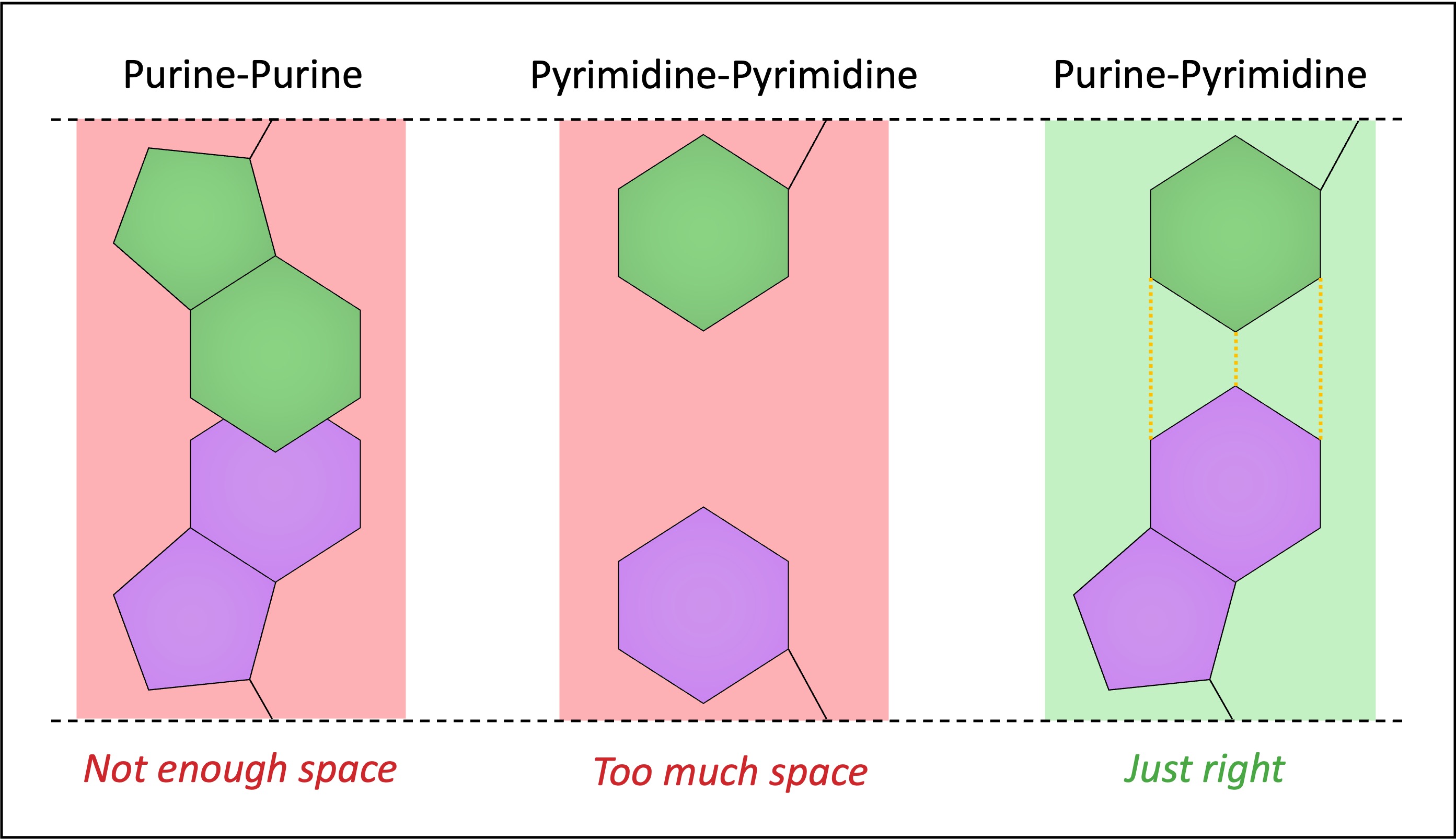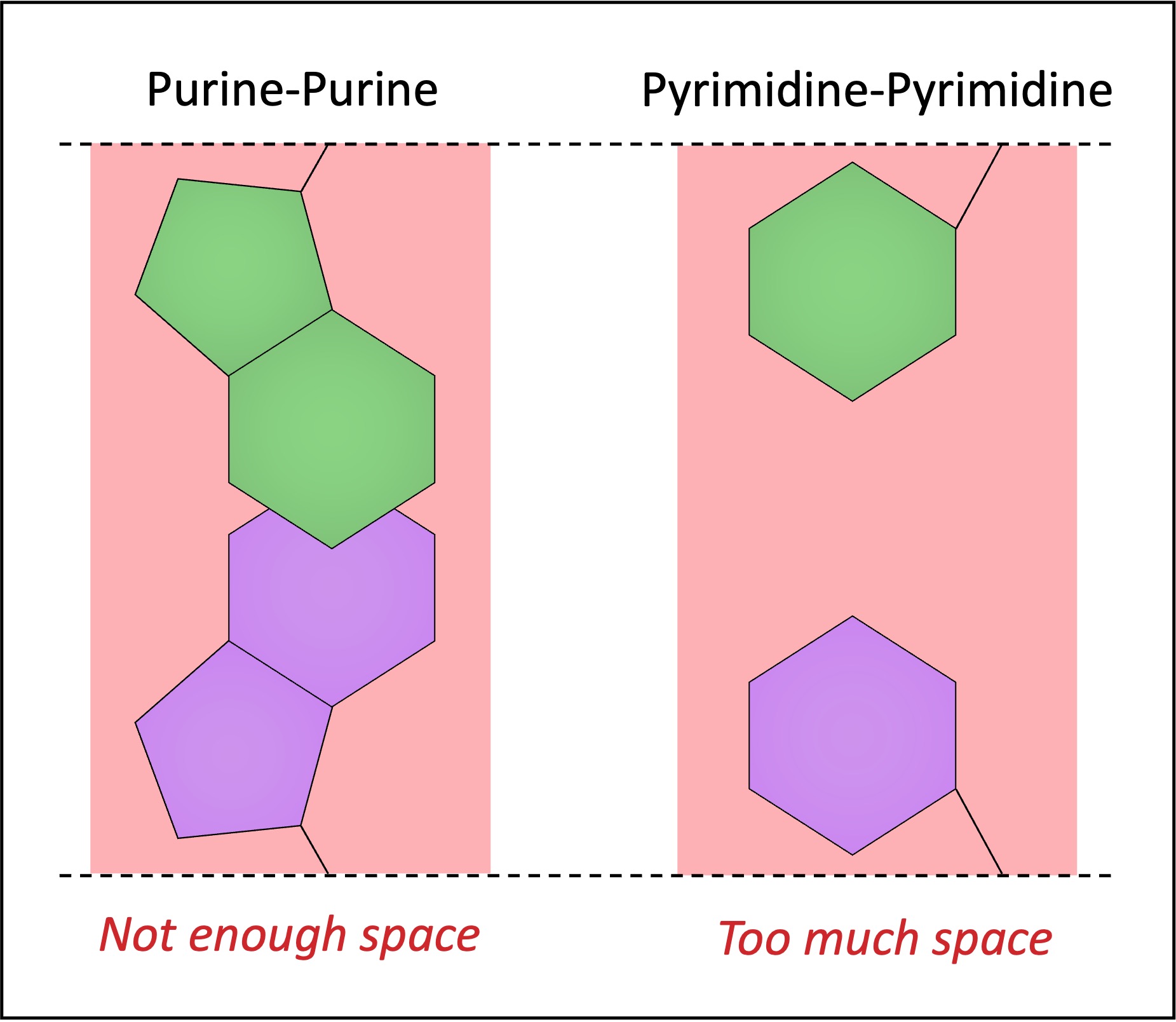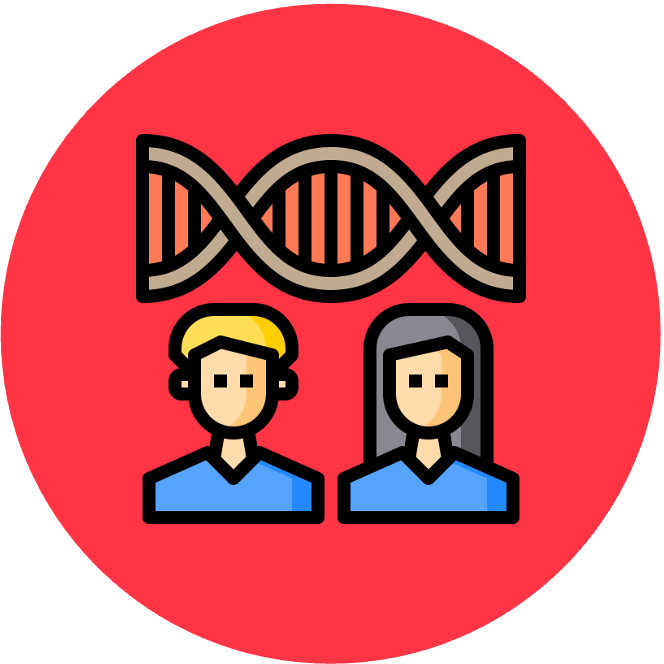

Base Pairing
Nucleic acids are composed of a combination of four nitrogenous bases
-
Guanine and adenine are double-ringed purine bases
-
Cytosine and thymine / uracil are single-ringed pyrimidine bases
The genetic information stored by DNA is encoded in the base sequence of the nucleotide chain
-
Different sequences of the four bases will result in different genetic instructions (i.e. encodes different proteins)
However, early theories of DNA structure posited that the four bases may have occurred in a repeating sequence (the ‘tetranucleotide’ hypothesis)
-
According to this theory (introduced by Phoebus Levene in 1909), DNA was composed of only 4 nucleotides per molecule, with each of the bases present in equal amounts and positioned externally
Tetranucleotide Hypothesis
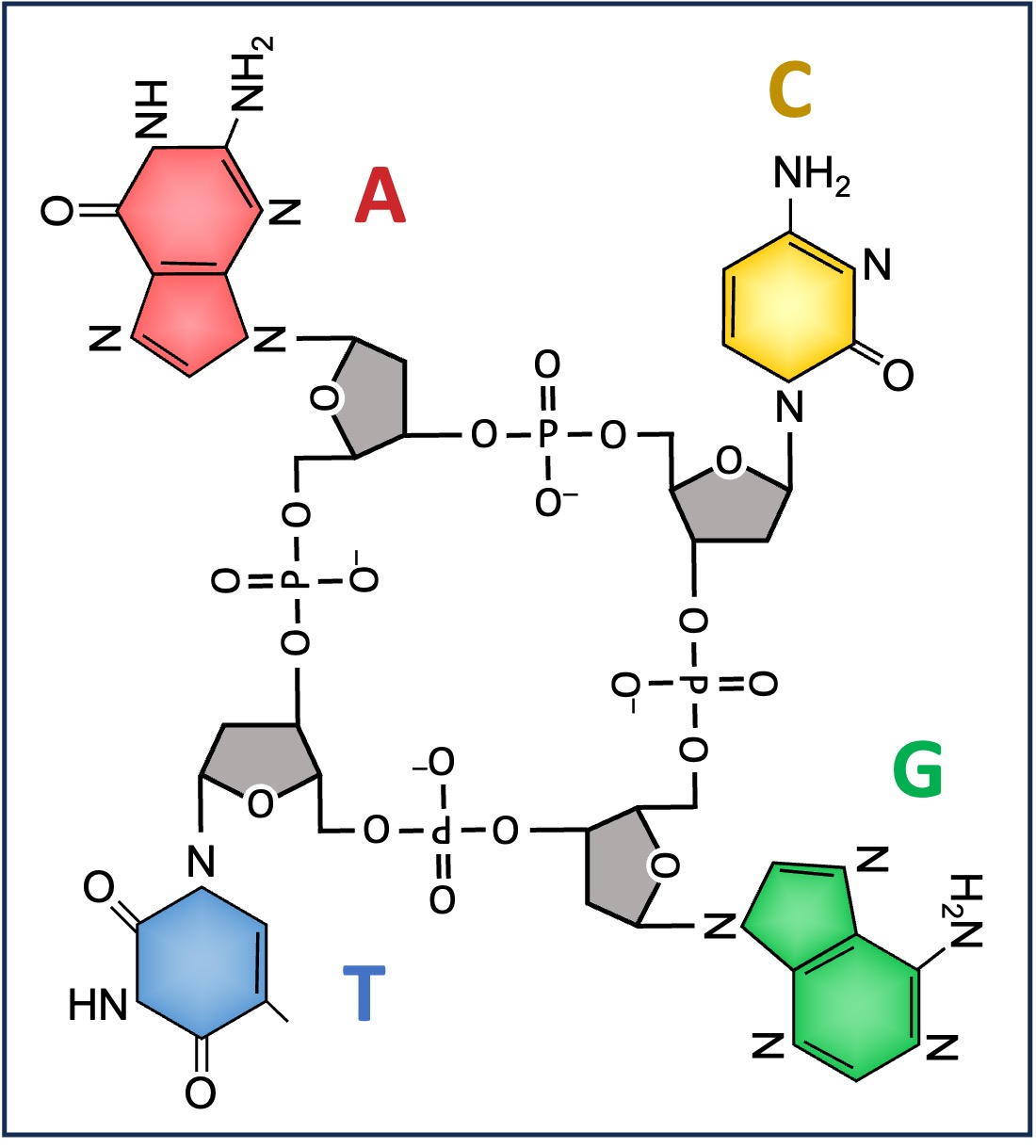
Tetranucleotide Molecule
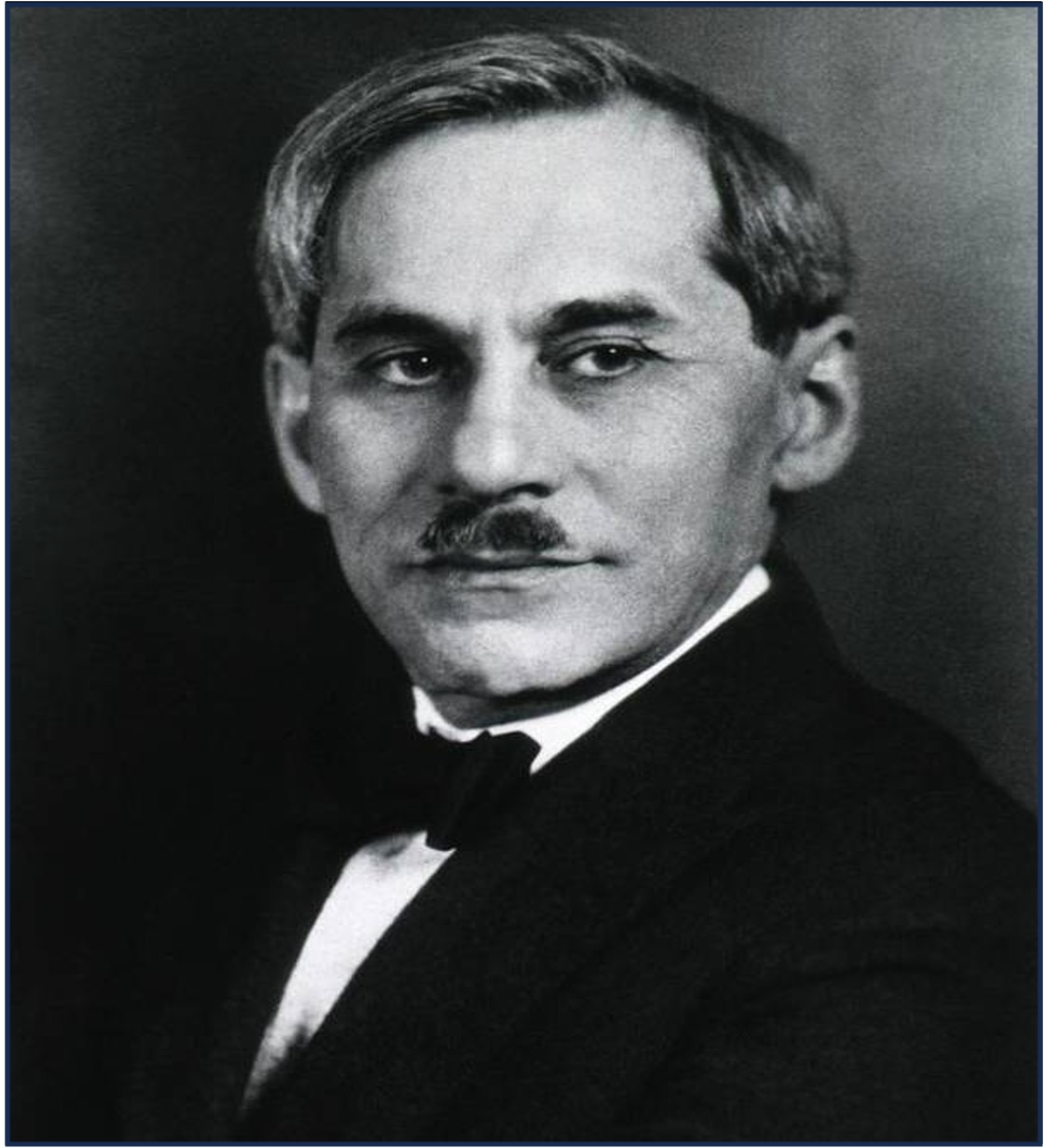
Phoebus Levene
Chargaff’s Data
The problem with the tetranucleotide hypothesis is that it did not allow for variability in base sequence and therefore could not support the possibility that DNA was the genetic material of the cell
In 1948, a subsequent experiment conducted by Erwin Chargaff demonstrated that the frequency of the four bases was not equal, falsifying the tetranucleotide hypothesis
-
Chargaff hydrolysed a DNA sequence with an acid and then used paper chromatography to separate out the four nitrogenous bases
-
He then used UV spectrophotometry to quantitate the amount of each base, demonstrating that the amounts were not consistent across the four bases
Chargaff conducted this experiment using DNA sequences from a number of different species and made two key findings:
-
Different species had different base compositions, supporting the proposition that DNA was the genetic material (as later confirmed by Hershey and Chase)
-
Specific purines and pyrimidines occurred in equal ratios (i.e. A = T and G = C), suggesting the possibility that these bases occur in pairs
Chargaff’s Data (Base %)

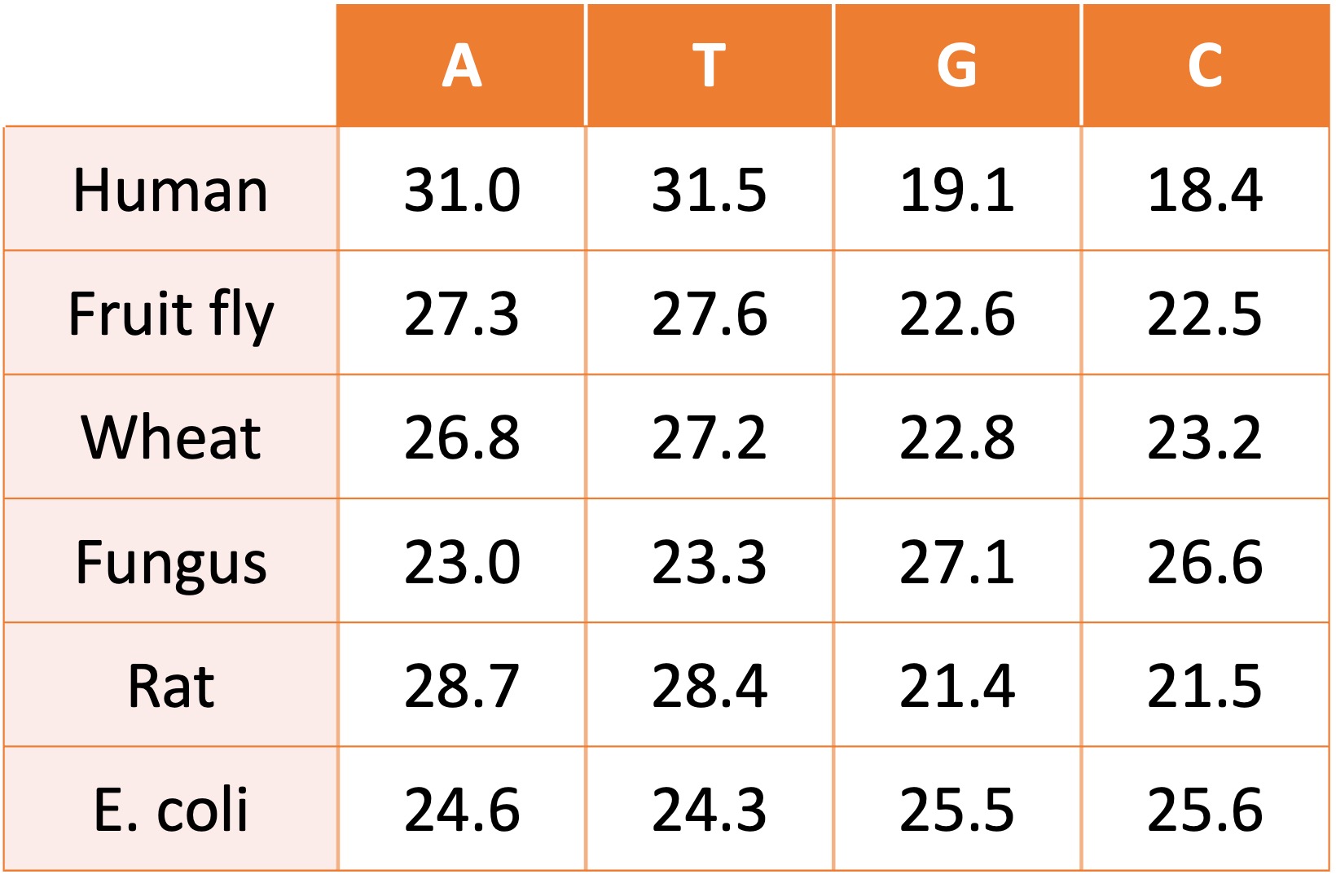
The pairing of a double-ringed purine to a single-ringed pyrimidine ensures the stability of the DNA double helix
-
A pairing of two purines would be energetically unfavourable as the two molecules would be too close together and repulse each other
-
A pairing of two pyrimidines would be energetically unfavourable as the two molecules would be too far apart to form stable hydrogen bonds
The bonding of a purine to a pyrimidine ensures the sugar-phosphate backbones remain separated by a constant width throughout the DNA molecule
-
Adenine pairs with thymine via two hydrogen bonds, while cytosine pairs with guanine via three hydrogen bonds
-
While alternative purine : pyrimidine pairings would maintain a constant diameter, the atomic configurations would not be favourable for hydrogen bonding
DNA Helix Stability
